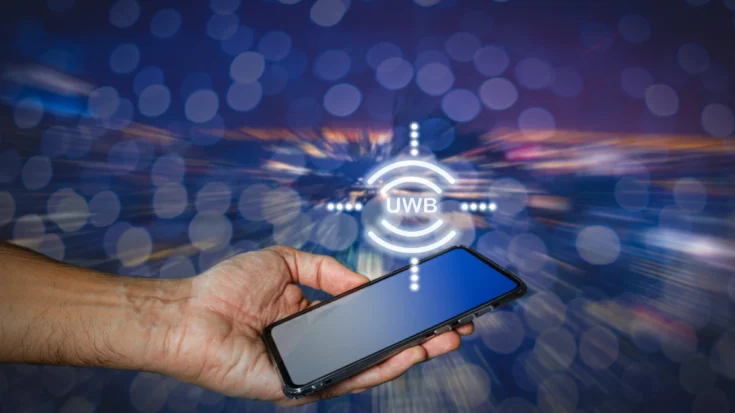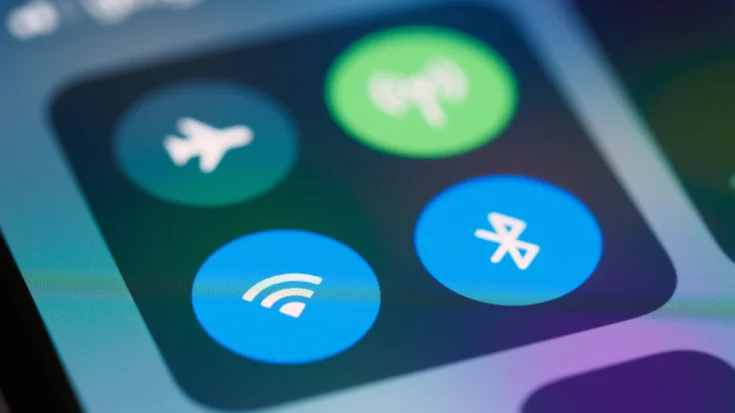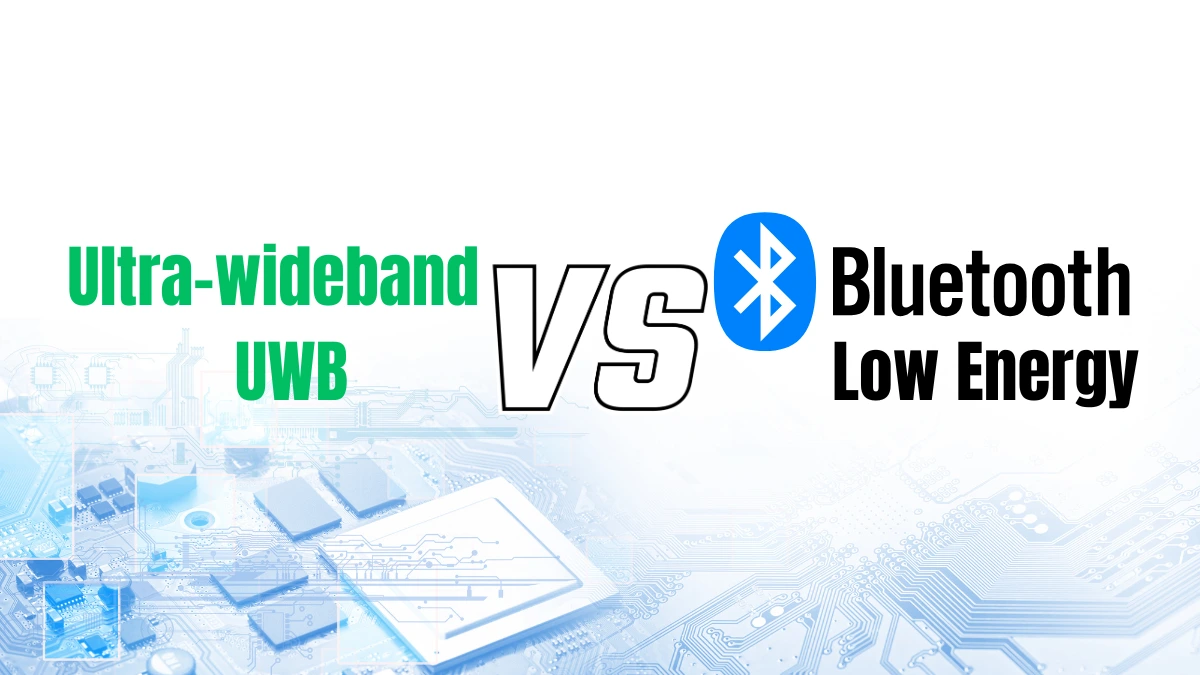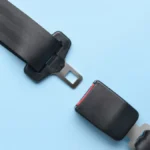Ultra-wideband (UWB) and Bluetooth Low Energy (BLE) have the same features, from operating principles to applications.
However, despite having the same features, the comparison between UWB and Bluetooth Low Energy still exists. UWB and BLE have differences in each feature.
This article will inform you about the comparison between UWB and Bluetooth Low Energy from operating principles to applications.
Also Read
Table of Contents
Comparison between UWB and Bluetooth Low Energy

Ultra-wideband (UWB) and Bluetooth Low Energy (BLE) are both wireless communication technologies, but they have different characteristics, use cases, and technical differences.
The following summarizes the comparison between UWB and Bluetooth Low Energy:
| Feature | UWB | BLE |
| Operating Frequency | 3,1 -10,6 GHz | 2,4 GHz ISM band |
| Accuracy | Centimeter-level (10-30 cm) | Meter-level (1-5 meters) |
| Range | Short to medium (up to 100 m) | Medium to long (up to 100 m+) |
| Data Rate | High | Lower |
| Power Consumption | Higher | Lower |
| Interface | Low | Higher |
| Application | High-precision tracking | General asset tracking, beacons |
And these are the details comparison between UWB and Bluetooth Low Energy:
1. Principle of operation
UWB: UWB employments a wide recurrence range (ordinarily between 3.1 to 10.6 GHz) to transmit information. It sends brief, exact beats over a wide transfer speed, which empowers high-precision area following.
BLE: BLE works in the 2.4 GHz ISM band, utilizing narrow-band radio frequencies. It is outlined for moo control utilization, making it reasonable for battery-operated gadgets.
2. Accuracy
UWB: High Precision: UWB can achieve centimeter-level accuracy (typically 10-30 cm), making it ideal for applications that require accurate location tracking.
BLE: Medium Precision: BLE typically offers meter-level accuracy (typically within 1-5 meters), which is sufficient for many consumer applications.
3. Range
UWB: Short to Medium Range: Effective up to 100 meters in open environments. Accuracy tends to decrease at longer distances.
BLE: Medium to Long Range: BLE can travel up to 100 meters or more in open areas, with some extended range modes reaching further.

4. Data rate
UWB: UWB supports high data rates making it suitable for applications that require fast transmission of large amounts of data.
BLE: BLE supports a lower data rate compared to UWB, which is sufficient for transmitting small amounts of data intermittently.
5. Power consumption
UWB: UWB generally consumes more power than BLE, especially in continuous tracking scenarios.
BLE: Low Power Consumption: BLE is designed to be energy efficient, making it ideal for applications that require long battery life.
6. Interference
UWB: Low Interference: UWB’s wide frequency range and short pulse duration make it less susceptible to interference from other wireless technologies.
BLE: Higher Interference: BLE operates in a congested frequency band, which may lead to higher susceptibility to interference from other devices operating in the same spectrum.
7. Applications
UWB: High-precision tracking, indoor navigation, collision avoidance systems, asset tracking in industrial environments, and secure access control.
BLE: Fitness trackers, smart home devices, proximity-based services, asset tracking in retail environments, and healthcare monitoring.
In the end, although both have good features, UWB and BLE have differences in each of their features.
But in the end, make sure again that the UWB or BLE technology you are using has been tested and has a certificate from Type Approval Certification Services for ICT Products in your country before being distributed to the market.












